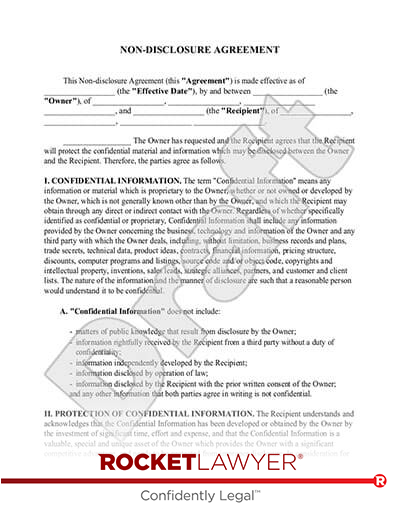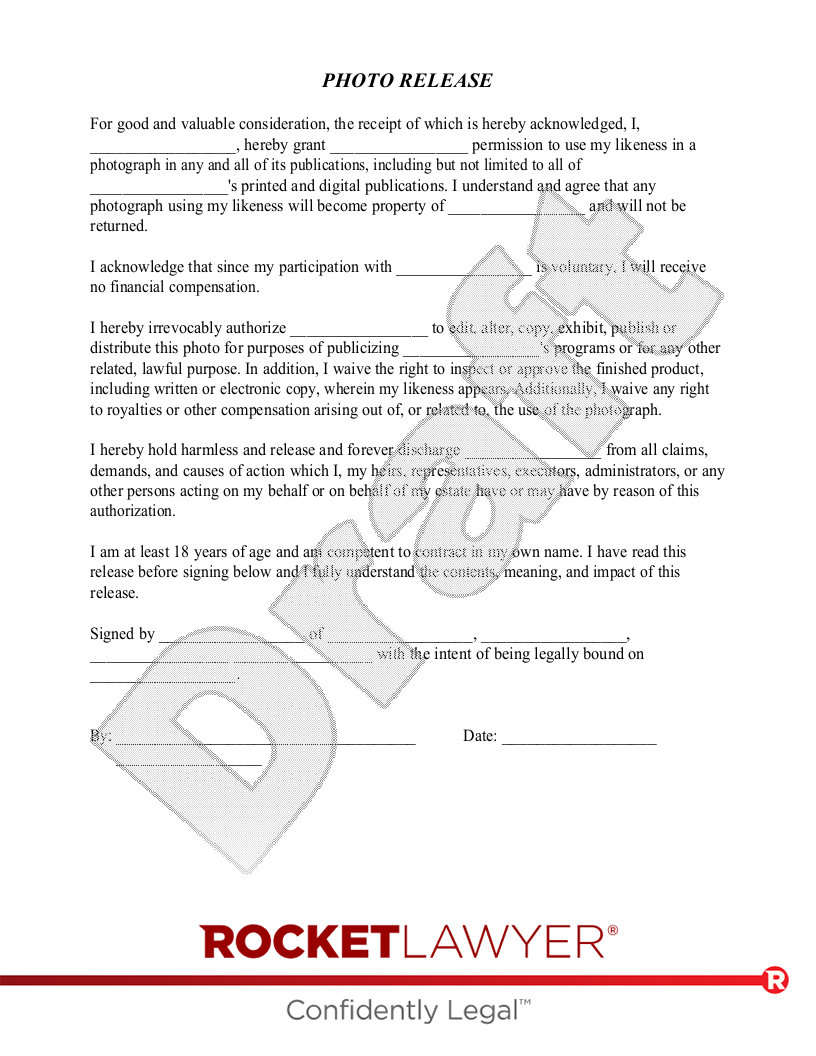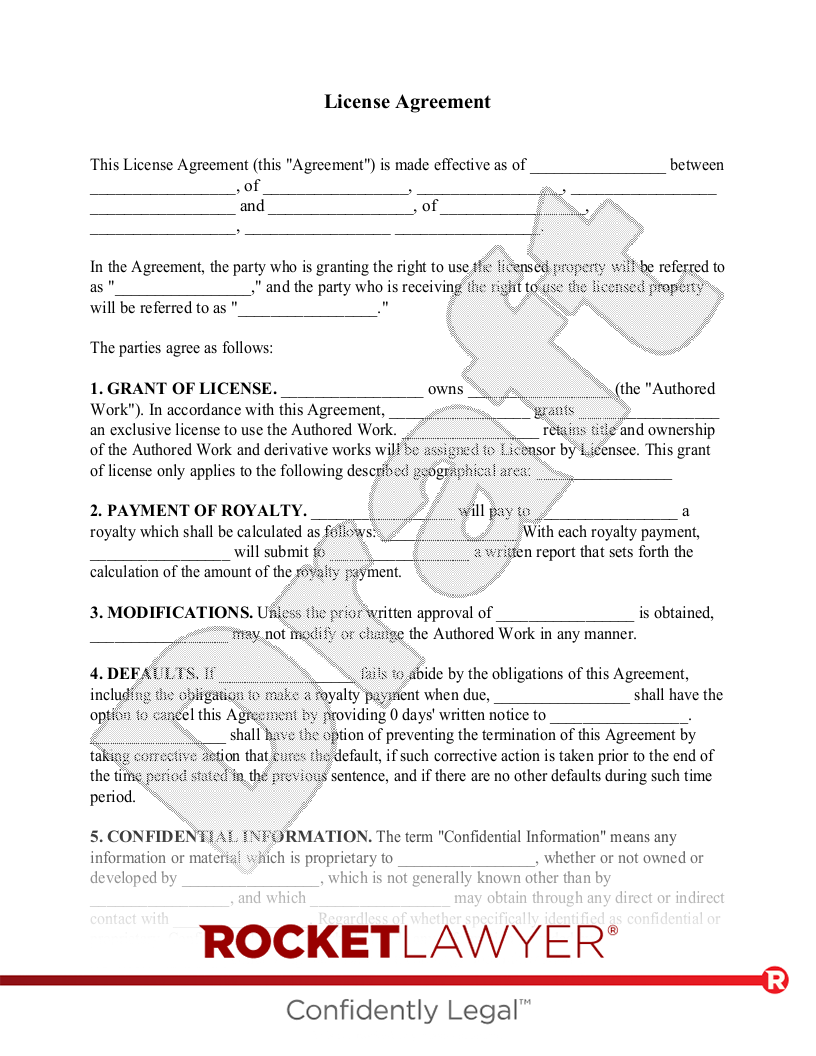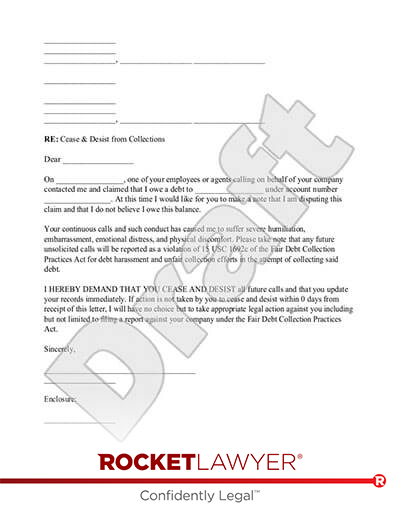Intellectual property
IP is the secret sauce of your business. Let us help you protect it.
- Derick L.
- Rocket Lawyer member since 2018
Intellectual property FAQs
-
How do patents work?
In 2012, patent law in the United States changed. The U.S. is now a "first to file" nation. That simply means that the patent for an innovation or product goes to the first person to file patent paperwork, not the first inventor. On a practical level, that means you need to file for a patent as soon as possible. Keep in mind that you can still file a provisional patent before filing for a full one. That way, you'll still be considered the first to file, even if you haven't worked out every detail.
-
What's the difference between a copyright and a trademark?
While both copyrights and trademarks help protect your intellectual property, they deal with different kinds of creations. Copyrights are mostly concerned with creative works like books, songs, photographs, and web content. Trademarks, on the other hand, protect symbols that are tied to goods and services that you have created, such as a logo.
-
What's the difference between a trademark and a registered mark?
Both a trademark and registered mark assert ownership over goods and services. A registered mark is filed with the government. A trademark symbol may be used to let the public know you're claiming "common law" ownership over a word or phrase without filing with the government. If you want that ownership to be official, you'll want to file for a registered mark with the US Government.
-
What is "fair use?"
Intellectual property is protected from other persons and businesses that try to profit from or distribute it without the owner's consent. For example, you can't simply set up a movie theater in your house and charge people to watch legally-protected movies. However, a teacher may be able to show protected-movies for educational purposes. That's because "fair use" often allows for intellectual property to be distributed and shown if it's for educational reasons.
Ask a lawyer
Legal guides
-
- How To Protect Your Brand With Trademarks
- 3 min read
-
- What Is an NFT and What Are the Tax Implications?
- 3 min read
-
- Legal Guide to Going From Idea to Invention to Product
- 3 min read
-
- What Are Some Examples of the Types of Intellectual Property?
- 3 min read
-
- How to Protect Your Intellectual Property From Infringement
- 5 min read
-
- What to Do if Your Intellectual Property is Used Without Permission
- 5 min read
-
- What Is a Trade Secret?
- 5 min read
-
- Trademark vs. Copyright: What's the Difference?
- 2 min read
-
- How to Determine if Your Intellectual Property Already Exists
- 5 min read
-
- What's the Difference Between Public Domain and Fair Use? Definitions and Examples
- 4 min read
-
- What Do Intellectual Property (IP) Rights Protect? Definition and Explanation
- 2 min read
-
- Intellectual Property 101
- 4 min read
-
- How Does the Uniform Trade Secrets Act (UTSA) Protect Confidential Business Info?
- 2 min read
-
- What Is Intellectual Property? Defining IP Rights and Protections
- 3 min read
-
- International Intellectual Property Law 101: Protecting Your IP Overseas
- 2 min read
-
- Do I Need a Patent or Trademark? Alternatives to Registering IP
- 2 min read
-
- Is My Idea Unique? How to Search Existing Patents
- 3 min read
-
- Protecting Trademarks, Patents and Service Marks
- 1 min read
-
- Will AI Upend Worker Classifications?
- 2 min read
-
- Searching for "Cool Business Names"? Rocket Copilot Has You Covered
- 2 min read
-
- From Name to Brand: Crafting a Logo That Captures Your Vision
- 2 min read
-
- Avoiding AI Trouble in Your Business
- 4 min read
-
- How To Keep Your AI Tech in Check
- 5 min read
-
- Trademark Hoarding: What Is It and How To Challenge It
-
- Legal Considerations for Rebranding Your Business
- 3 min read
-
- Do You Need to Trademark Your Business Name?
- 4 min read
-
- What Are the Limitations of Trademark Law?
- 3 min read
-
- What Are the Steps To Register a Trademark?
- 5 min read
-
- What Can Be Trademarked? Names, Phrases and Even Colors
- 2 min read



